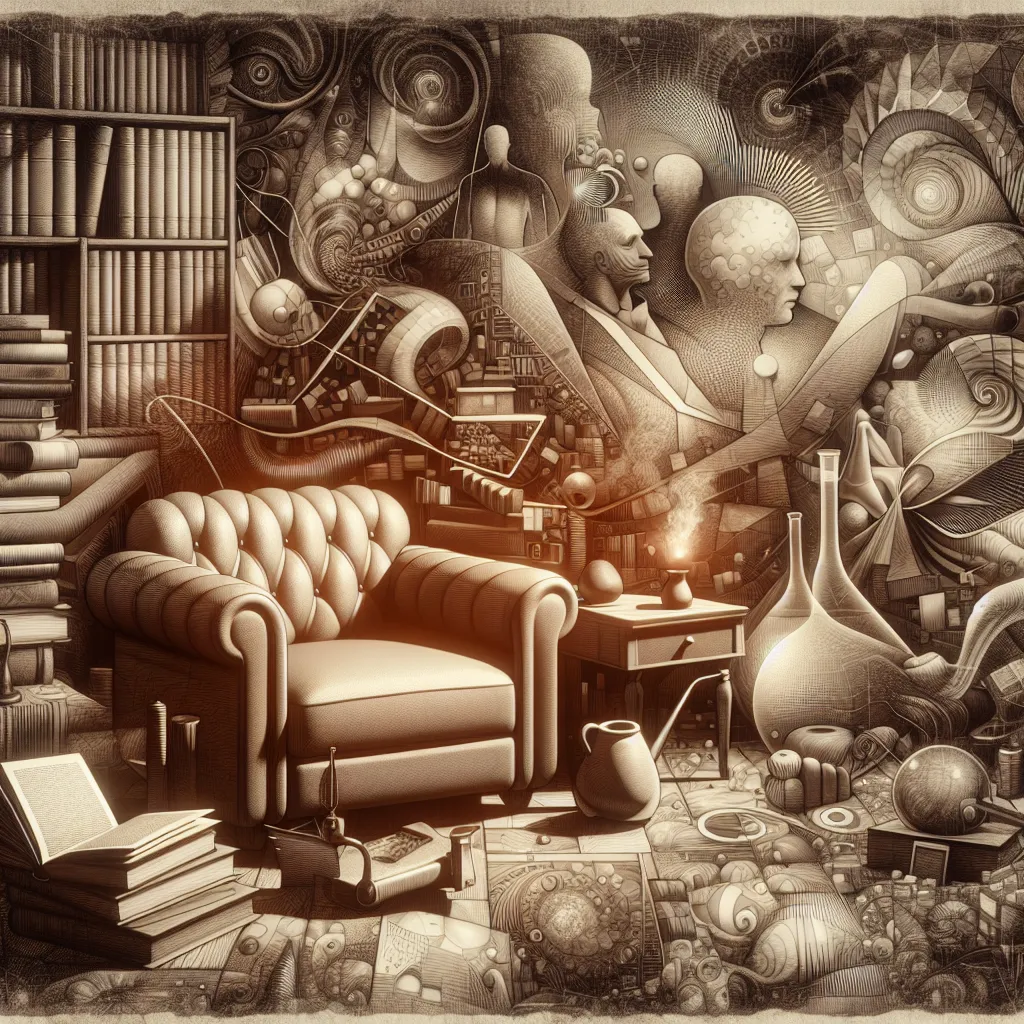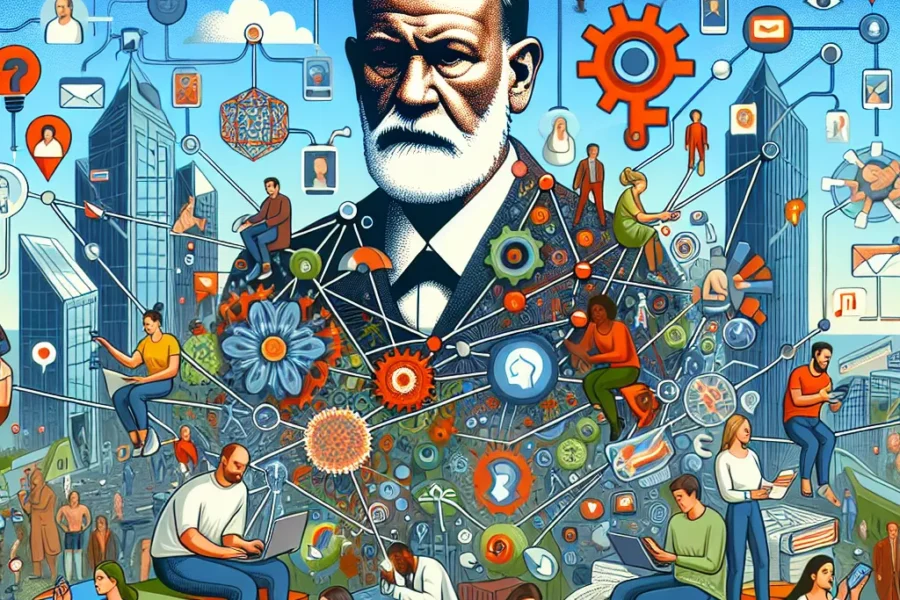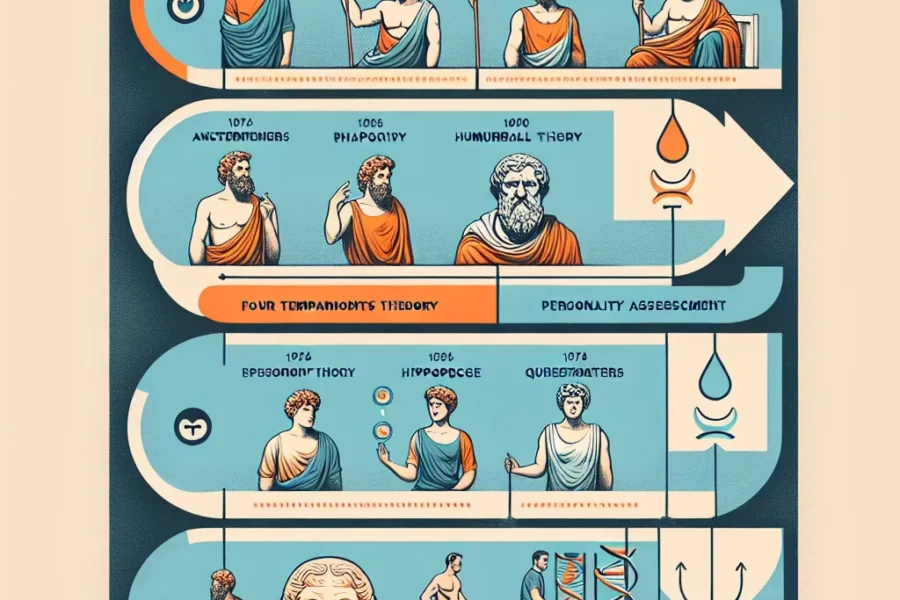Sigmund Freud’s Revolutionary Ideas in Psychoanalysis
Sigmund Freud, the father of psychoanalysis, introduced a variety of revolutionary ideas that substantially altered our understanding of human psychology. These concepts have transcended time and remain influential in both clinical psychology and the broader cultural sphere. This article will explore Freud’s most groundbreaking contributions and their enduring impact on psychoanalysis and the study of the human mind.
Freud’s Psychoanalytic Theory:
Freud’s psychoanalytic theory posits that human behavior is driven largely by unconscious desires and motivations. His model of the mind consisted of three primary components: the id, ego, and superego. The id represents instinctual drives and seeks immediate gratification; the ego mediates between the id and reality; and the superego embodies internalized societal norms and moral standards. Freud’s theory suggested that the dynamic conflicts among these parts of the mind shape an individual’s personality and behavior.
The Unconscious Mind:
Freud was among the first to assert the existence of an unconscious mind – a repository for thoughts, memories, and desires hidden from conscious awareness. He believed that many psychological issues were rooted in repressed memories and emotions, particularly those stemming from early childhood experiences. The unconscious mind played a central role in Freud’s explanation of various psychological phenomena, including dreams, slips of the tongue (Freudian slips), and neuroses.
Dream Analysis:
Freud considered dreams to be “the royal road to the unconscious,” providing vital clues to the hidden desires and conflicts within the mind. In his seminal work “The Interpretation of Dreams,” he proposed that dreams consist of manifest content (the actual storyline of the dream) and latent content (the underlying, hidden meaning). Freud’s method of dream analysis involved examining the symbolic aspects of dreams to uncover the latent content and the unconscious wishes they concealed.
Psychosexual Development:
One of Freud’s most controversial theories involves the stages of psychosexual development. He posited that children pass through a series of stages centered on erogenous zones: the oral, anal, phallic, latent, and genital stages. Freud theorized that experiences during these stages have profound implications for adult personality and behavior. Any unresolved conflicts or fixations can lead to neurosis or personality traits associated with that stage.
Oedipus Complex:
Freud’s concept of the Oedipus complex is another aspect of psychosexual development, occurring in the phallic stage. He suggested that boys experience a subconscious desire for their mother and rivalry with their father, a conflict that ultimately leads to the development of the superego as the child identifies with the same-sex parent. The female equivalent, known as the Electra complex, has also been discussed, although Freud focused less on this and its resolution.
Defense Mechanisms:
Freud introduced the idea of defense mechanisms, unconscious psychological strategies used by the ego to manage anxiety arising from unacceptable thoughts or feelings. These mechanisms, including repression, denial, projection, and others, serve to protect the individual from psychological distress. Although some later thinkers have criticized or evolved these concepts, they remain a foundational concept in understanding how people cope with internal conflict.
Transference and Countertransference:
In the context of psychoanalytic therapy, transference occurs when patients project feelings about significant others onto their therapist. Freud observed that this phenomenon could be used to uncover unresolved conflicts and foster self-understanding. Countertransference, where the therapist projects feelings onto the patient, was also identified as an important consideration for maintaining objectivity and providing effective treatment.
The Influence of Psychoanalysis:
Freud’s psychoanalytic therapy techniques, including free association, interpretation, and dream analysis, became cornerstones of his treatment approach. While the goal of other therapies might be to alleviate symptoms, psychoanalysis aims to uncover and resolve the deep-seated unconscious conflicts that cause those symptoms.
Criticism and Legacy:
Despite his influence, Freud’s ideas have not been without their critics. Some have argued that his work is too focused on sexuality, lacks scientific rigor, and is patriarchal. Others have challenged the universal applicability of his theories across different cultures and genders. Nonetheless, Freud’s theories have had a lasting imprint, extending beyond psychology into fields like literature, art, and sociology.
Modern Adaptations:
Over time, psychoanalysis has evolved, with neo-Freudians and contemporary psychoanalysts altering and building upon Freud’s ideas. While classic Freudian analysis is less common today, elements of his theories are still applied in modern psychotherapeutic approaches. Concepts like the unconscious mind’s influence on behavior, conflict resolution, and the therapeutic relationship remain central to many forms of therapy.
Conclusion:
Sigmund Freud’s innovative ideas have transformed our comprehension of human psychology, despite the controversies that surround his work. His notions of the unconscious mind, psychosexual development, dream analysis, and defense mechanisms have shaped countless aspects of modern psychology and psychotherapy. Whether one views Freud as a brilliant pioneer or a figure of contention, there is no denying the profound impact his theories have had on the field of psychoanalysis and our broader understanding of the human psyche. His legacy endures, ensuring that his revolutionary ideas will continue to provoke discussion, inspire research, and influence therapeutic practices for generations to come.



Leave a Comment